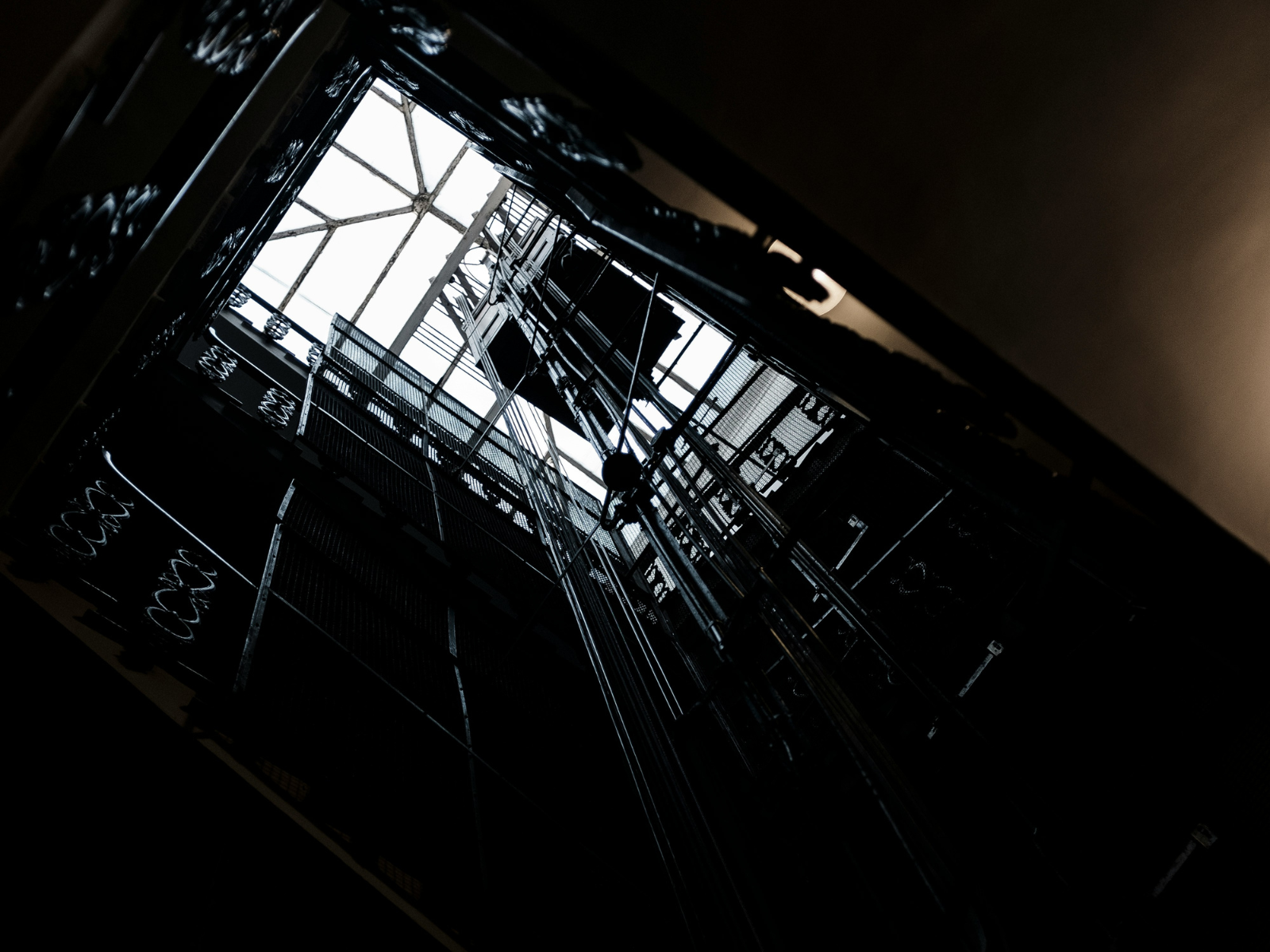Imagine performing brain surgery on thousands of patients simultaneously without ever entering the operating room.
That’s exactly what Lift AI accomplished when they remotely transformed their nationwide elevator management platform. Lift AI operates devices installed in elevator shafts, continuously monitors performance and detects anomalies to enable predictive maintenance for building owners and maintenance companies.
When Lift AI needed to completely replace the firmware stack on thousands of deployed devices, transforming them from CircuitPython-based systems to production-grade Zephyr RTOS, they turned to Croxel for what would become a remote “brain transplant” for their fleet.
Croxel, a Blues-accredited partner, specializes in complex embedded systems transformations, particularly in scenarios where traditional approaches fall short. They focus on architectural migrations that require deep technical expertise, making them the perfect partner to help Lift AI transform its devices.
The Challenge: Complete Platform Transformation at Scale
What happens when “it’s not you, it’s me” becomes “it’s not me, it’s the entire technology stack”? Lift AI’s original CircuitPython-based platform had served them well during rapid development and deployment phases. However, as their fleet grew and customer demands evolved, they needed a more robust, scalable foundation. The goal was to transition to Zephyr RTOS for improved performance, enhanced power efficiency, and deterministic operation.
The constraints were significant: Lift AI has devices installed in active elevator shafts, getting physical access would disrupt the service of those elevators and be expensive. Since elevator monitoring is critical for safety and maintenance, the transformation had to occur without interrupting data flow from these devices.
This wasn’t a typical firmware update. It required replacing the entire technology stack, the runtime environment, memory architecture, hardware interfaces, and communication protocols, all while maintaining compatibility with existing cloud infrastructure.
Future Proof Hardware Design: Blues Notecard
Sometimes the best decisions are the ones you don’t know you’re making. Lift AI had integrated Blues Notecards into their devices, an intelligent connectivity module that provided the infrastructure needed for the remote transformation:
- Secure cellular connectivity for delivering the new firmware
- Independent operation from the host processor, creating an air gap
- Maintained communication throughout the transition
- Automatic failover capabilities if issues arose
“We chose Blues early on because we knew connectivity would be critical, but we never imagined it would enable us to completely transform our platform remotely,” said Rob Wurth, CEO of Lift AI. “Being able to do a full remote brain transplant of all of our devices saved us countless dollars in new hardware as well as the engineering time it would have taken to physically replace every device.”
Finding the Right Partner: Croxel’s Specialized Expertise
Lift AI successfully deployed their fleet of devices that utilized Blues Notecards. Here’s where Croxel came in to provide experience with CircuitPython, Zephyr RTOS, Blues and building critical systems that made the transformation possible.
Working with a partner gave Lift AI access to technical expertise they didn’t have and reduced the risk of experiencing common pitfalls. Allowing Lift AI to focus on their core business of elevator management.
Albert Garvett, CEO and Co-Founder at Croxel shared, “When Lift AI approached us with this unprecedented challenge, they weren’t just looking for firmware developers. They needed partners who could envision and execute what many would consider impossible.’”
Here’s what Croxel enabled for the Lift AI fleet:
- Every device in Lift AI’s fleet successfully migrated to Zephyr RTOS remotely
- Zero downtime during the transition
- Enhanced platform capabilities including improved response times and power efficiency
- Hundreds of thousands of dollars saved by avoiding technician visits
- Future-proofed architecture ready for continued evolution
Redefining Fleet Management
Lift AI and Croxel demonstrate that IoT devices in the field aren’t locked into their original technology choices. By choosing future-proof foundational technologies, even fundamental architectural changes can be deployed remotely.
Here’s some additional benefits of remote fleet management:
- Investment Protection: IoT companies make a significant investment in physical hardware, provisioning and deploying devices to the field. Instead of replacement, this hardware’s lifespan can be extended through platform evolution.
- Technology Adaptation: Technology is evolving rapidly, as are regulations around connected devices. Companies who can update their devices remotely can remain cutting edge, competitive and compliant.
- Operational Efficiency: Remote transformation capabilities reduce the risks and costs associated with physically swapping out your devices, including the cost of downtime.
This represents a shift from viewing connectivity as an endpoint to treating it as one component of an intelligent system that can evolve over time.
The Future is Transformable
The project establishes a new paradigm: Smart fleets that can fundamentally transform without physical intervention. Companies that understand this capability can adapt to technological changes faster than competitors locked into static platforms.
Ready to explore remote fleet transformation? Join our Fireside Chat with the team at Croxel, where we will discuss how they transformed Lift AI’s fleet without touching any hardware, on Wednesday, August 6th at 1 PM ET / 6 PM BST.
The session will cover how Blues Notecard enables platform evolution, security essentials for remote updates, and strategies for maximizing hardware investments.
Register now to learn the approach that made Lift AI’s transformation possible.
